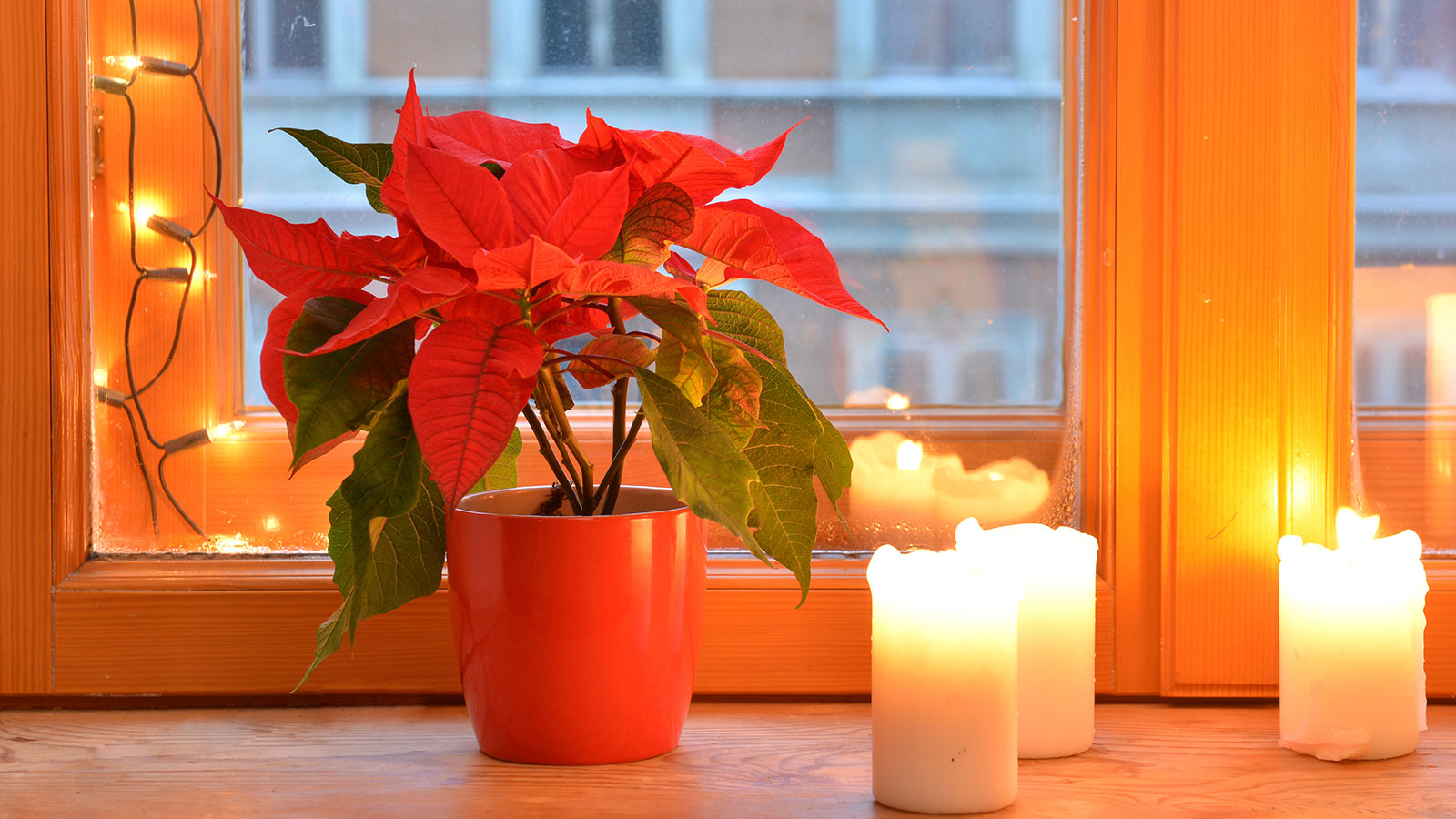Q. Our church orders Eco-Palms for Easter. Is there an Eco-Poinsettia? This plant has such religious symbolism at this time of the year.
Chuck B.
Brookings
A. Dearest Chuck,
What a well-timed question. Not only is this Friday Poinsettia Day, but I’m also in the mood to discuss festive flora after completing our annual look at the other major houseplant of the season, the Christmas tree, last week. But here’s a key difference for us here in North America: Where evergreens grow just fine in the northern latitudes, poinsettias are tropical plants, native to Mexico.
The good news is that poinsettias don’t face the same issues of fair trade and sustainable harvesting that palms do – issues you’re probably well aware of, Chuck, given your commitment to Eco-Palms. The bad news is that, although there are some efforts afoot to green up the scarlet-leaved houseplant industry, thus far, there’s no equivalent source of “Eco-Poinsettias.” Let’s take a stroll into the jungle for a closer look.
You didn’t specify which Brookings you call home, Chuck, but I’m willing to bet you won’t have to go too far to find locally grown decorations. Some poinsettias are shipped in from growing ops in Mexico and Guatemala, but you’ll find commercial poinsettias growing all over the country. So the plants’ carbon footprint doesn’t have to be egregious — from shipping, anyway.
There’s a downside of buying local in colder climes, however. Poinsettias are rather fussy, and they need warm, tropical conditions to thrive. In most of the country, that means greenhouses: big, glassy greenhouses that require a jacked-up thermostat. Unless the greenhouse happens to sit right on top of a natural hot spring, or is one of a select few employing renewable heating systems, it’s gonna be burning fossil fuels to create that balmy environment.
And one more thing to keep in mind: If there’s such a thing as an organic poinsettia, I haven’t found it (although some experimental projects, like this one, this one, and this one, show that growers can get closer to that standard). Your typical red blooms (fun fact for your next Christmas party: The red, pink, or other custom hue comes from the leaves, not the flowers) will probably soak up synthetic fertilizer, pesticides, and fungicides as they develop into their holiday best.
So what’s an environmentally minded church that’s set on poinsettias to do? As I’ve advised about Christmas trees in the past, your best bet is to find a local greenhouse that’s implementing sustainable practices. Those might include better insulation, improved sealing, or the use of thermal blankets to conserve heat; it’s also possible for greenhouses to finish the plants at colder temperatures, thus saving fuel, but this doesn’t seem to be a widespread practice.
You may not be able to find any neighborhood greenhouses that fit the bill, Chuck. But it’s worth it to ask your local growers how they’re raising this year’s crop of Christmas cheer and to encourage them to explore more sustainable means. Industry research shows customers would likely pay more for poinsettias with a green pedigree, like organic practices, energy-efficient greenhouses, and compostable pots. Let it be known that you agree!
And if you’re up for it, Chuck, with a little TLC, you can reuse those perennial poinsettias next year. The process involves careful temperature regulation, pruning, and strict periods of total darkness in the fall, but think of the satisfaction you’ll feel seeing your blooms return to glory next Christmas. Now there’s a gift that truly keeps on giving.
Merrily,
Umbra




